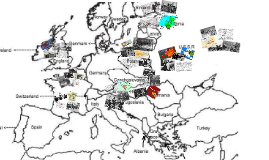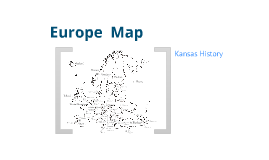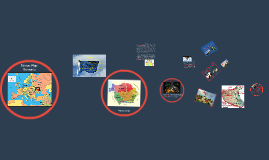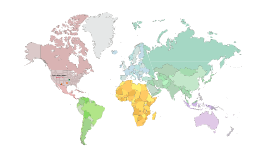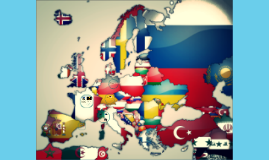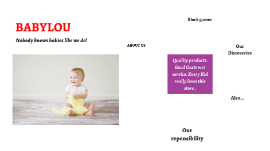Europe Map
Transcript: Romania: România is a sovereign state between Central, Eastern, and Southeastern Europe which borders the Black Sea, Bulgaria, Ukraine, Hungary, Serbia, and Moldova. It has an area of 238,391 square kilometres (92,043 sq mi) and a temperate-continental climate. With 19.94 million inhabitants, the country is the seventh most populous member state of the European Union. Its capital and largest city, Bucharest, is the sixth largest city in the EU. The River Danube, Europe's second longest river, rises in Germany and flows southeastwards for a distance of 2,857 km, coursing through ten countries before emptying in Romania's Danube Delta. The Carpathian Mountains, with their tallest peak Moldoveanu at 2,544 m (8,346 ft), cross Romania from the north to the southwest. Europe is a continent that comprises the westernmost part of Eurasia. Europe is bordered by the Arctic Ocean to the north, the Atlantic Ocean to the west, and the Mediterranean Sea to the south. To the east and southeast, Europe is generally considered as separated from Asia by the watershed divides of the Ural and Caucasus Mountains, the Ural River, the Caspian and Black Seas, and the waterways of the Turkish Straits. Vrancea County Vrancea County's area is of 4,857 km². A curvedly shaped mountainous area, known in Romanian as Carpații de Curbură. The town of Panciu in the county of Vrancea in Romania lies on the river Şuşiţa, in southern Moldavia, 30 km (19 mi) northwest of Focşani. It has a population of approximately 7,600. It administers five villages: Crucea de Jos, Crucea de Sus, Dumbrava, Neicu and Satu Nou. The region is famous for its white wines but also for its sparkling wines (white, red and rosé). Romania Panciu During the Roman period the settlement was called Apulum .When the settlement – upon Roman ruins – became the seat of a dukedom in the 10th century, the population may have been Slavic. The early Slavic name of the settlement was Bălgrad (meaning "white castle" or "white town"). The old Romanian name of the town was Bălgrad,originated from Slavic. Bran Castel Year: 2016 Bran Castle situated near Bran and in the immediate vicinity of Braşov, is a national monument and landmark in Romania. The fortress is situated on the border between Transylvania and Wallachia.Commonly known as "Dracula's Castle" it is the home of the title character in Bram Stoker's Dracula. There is, however, no evidence that Stoker knew anything about this castle, which has only tangential associations with Vlad III, voivode of Wallachia, the putative inspiration for Dracula. Alba Iulia The Danube Delta is the second largest river delta in Europe, after the Volga Delta, and is the best preserved on the continent. The greater part of the Danube Delta lies in Romania (Tulcea County), while its northern part, on the left bank of the Chilia arm, is situated in Ukraine (Odessa Oblast). Its approximate surface area is 1,603 sq mi, of which 1,331 sq mi is in Romania. Scorers: Trifanescu Gratziela Vrancea is a county in Romania, with its seat at Focșani. It is mostly in the historical region of Moldavia but the southern part, below the Milcov River, is in Muntenia. Europe Map Romania Europe When the King Carol I of Romania (1839–1914), under whose reign the country gained its independence, first visited the site of the future castle in 1866, he fell in love with the magnificent mountain scenery. In 1872, the Crown purchased 1,300 square kilometres (500 sq mi) of land near the Piatra Arsă River. The estate was named the Royal Estate of Sinaia. Has existed for over 13 million years and an average thickness of 250 m. Salina is a historic county of Cluj and after recent arrangements, came to the attention of foreigners. Alba Iulia is a city located on the Mureş River in Alba County, Transylvania, Romania, with a population of 63,536 as of 2011.Since the High Middle Ages, the city has been the seat of Transylvania's Roman Catholic diocese. Between 1541 and 1690 it was the capital of the Eastern Hungarian Kingdom and the latter Principality of Transylvania. Alba Iulia is historically important for Hungarians, Romanians and Transylvanian Saxons. The city administers four villages: Bărăbanț Micești , Oarda and Pâclișa. The castle's courtyard features a 100-ft. well dug into stone, in the 15th Century. Legend says that the wheel was dug by three Turkish prisoners. It took them 15 years and 28 days to reach water. Romania Map Corvin Castle in Hunedoara The greatest Gothic-style castle in Romania, Corvin was built by the Anjou family on the site of a former Roman camp. The castle served as a fortress until the mid-14th century when it became the residence of Transylvania's ruler, Iancu de Hunedoara. Iancu upgraded the fortress transforming it into the most stunning castle in Transylvania. Peleș Castle Danube Delta Peleș Castle is a Neo-Renaissance castle in the Carpathian Mountains, near Sinaia, in Prahova County, Romania, on an existing medieval route linking Transylvania and






